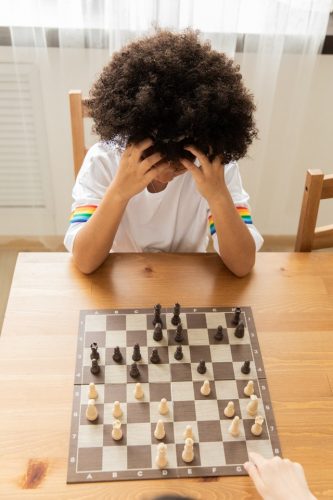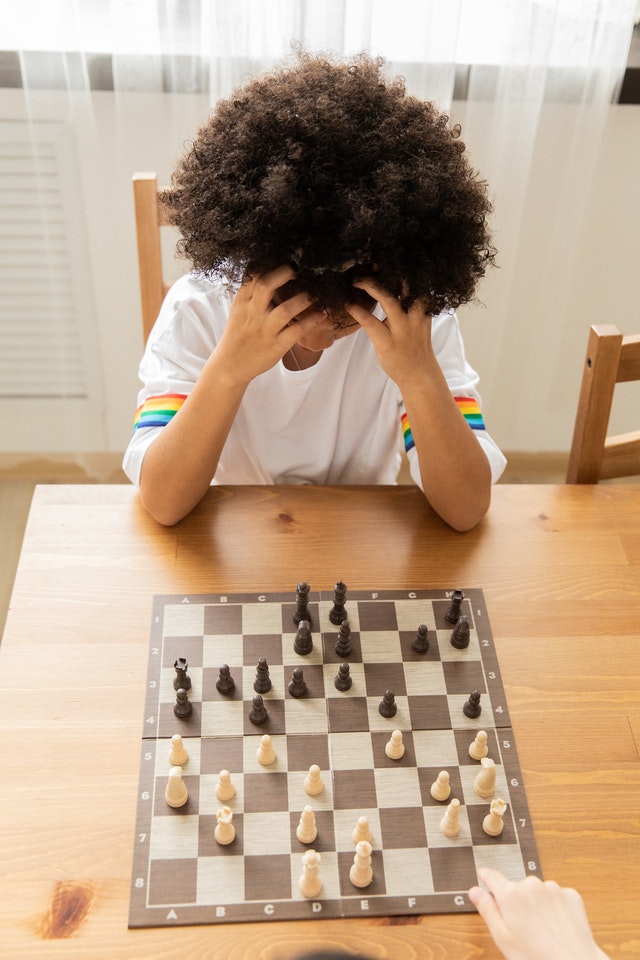Does your dream job demand critical thinking skills in the job description? And you don’t have inkling or a clue about what in the world is the skillet stand for? In that case, don’t be daunted as in this article all your question marks will be replaced by clarion.
What are the critical thinking skills and their examples? Why are they important? Why do you need them at your workplace? Answers to all these questions lie ahead.
So, dive in now.

WHAT ARE CRITICAL THINKING SKILLS?
The National Council for Excellence in Critical Thinking in 1987 defined it as:
Critical thinking is the intellectually disciplined process of actively and skilfully conceptualizing, applying, analyzing, synthesizing, and/or evaluating information gathered from, or generated by, observation, experience, reflection, reasoning, or communication, as a guide to belief and action. In its exemplary form, it is based on universal intellectual values that transcend subject matter divisions: clarity, accuracy, precision, consistency, relevance, sound evidence, good reasons, depth, breadth, and fairness.
Put another way, Critical thinking alludes to the usage of rational thoughts to observe and analyze a situation to come to a solution. It involves reflection, connection, and rationalization of thoughts and ideas.
A critical thinker refuses to accept the assumptions at face value and questions them to reach a credible conviction. Let’s take an example from the new normal situation- wearing a mask. People say mask embellishment reduces your tendency to inhale oxygen. So, should you just remove masks? No, look at the other side. It protects you from the harmful COVID-19 and to a certain level from the harmful pollutants as well. Being said that, you should wear a mask.
That’s how a critical thinker thinks. He doesn’t just accept assumptions.
Instead of relying on guts and intuition, critical thinkers tend to identify, analyze, and solve problems in an explainable and justified manner.
EXAMPLES OF CRITICAL THINKING SKILLS
- Adaptability
- Problem Solving
- Flexibility
- Logical reasoning
- Troubleshooting
- Creativity
- Critical observation
- Analysis
- Innovation and out of the box thinking
- Insights
WHY ARE CRITICAL THINKING SKILLS IMPORTANT?
First things first, certain jobs have an in-demand urge for critical thinking skills. So, you must procure the skillet to be a part of that job. Is that it? No. There are various other reasons that benefit you and your work.
Let’s have a look.
Critical thinking valorises decision-making. Taking which, you don’t just need them at your workplace, but as well in your daily life. Pick up any petite issue and look at it from all corners.
For instance: using a mobile phone all day. Should you just keep on tapping on your Smartphone throughout the day-just as you like it? Count on all the times that you missed your important work, your family time, your studies. Perceive yourself- is it worth it to scroll down through the internet at the cost of your career and real life?
Likewise, at the workplace when you perceive a problem, rationalizes solutions, and overcome barriers to come quick and healthy solutions- your boss is going to love it. Talking of which, it paves the way for the advancement of your career. Moreover, it bolsters teamwork, conflict management and saves your time overall.
Furthermore, you along with your colleagues can hover over workflow impotence, lacklustre management techniques, and foster a strategic mindset in any given situation.
THE PROCESS OF CRITICAL THINKING SKILLS
1.Identify the issue
A bird view won’t get the desired results. Look at the issue through a magnifying lens and get to the heart of the problem. The narrower will be the issue; the better would be the analysis. Thus, it will be easier for you to scout the problem.
2. Assort data, arguments, and viewpoints
Kick-start with a well structured in-depth research. And try to gather varied resources for and against the assumptions. Assort the data and arguments into categories.
3. Analyze and assess data

Check if the resources are reliable and valid. Are they just axioms and assumptions? Or do they have proper facts to corroborate the statements? Have you gathered sufficient data for your hypothesis?
4. Authenticate credibility
Prudently looking at the assumptions and declarations, evaluate them. Make sure you as well as the sources are unprejudiced. Classify for and against argument and put the results upright.
5. Reach a decision
Put the analysis on the weighing machine. What all arguments support the issue and what all opposition to it? Reckoning probability-wise comes at various conclusions. Pick the one that stands upbeat in the given scenario. Make sure you have ample evidence to authenticate your decision.
6. Put forward your analysis
Once, you are done with your analysis, it’s Showtime. Prepare a detailed report and present your credible ideas in front of the concerned authorities.
This brings the end of this Blog. Thanks for reading. We really appreciate your time.
Do visit our page www.zigya.com/blog for more interesting articles
We would love to hear from you. Please share your feedback and comments below.
Keep Reading! Cheers!
Zigya Academy
BEING RELEVANT
